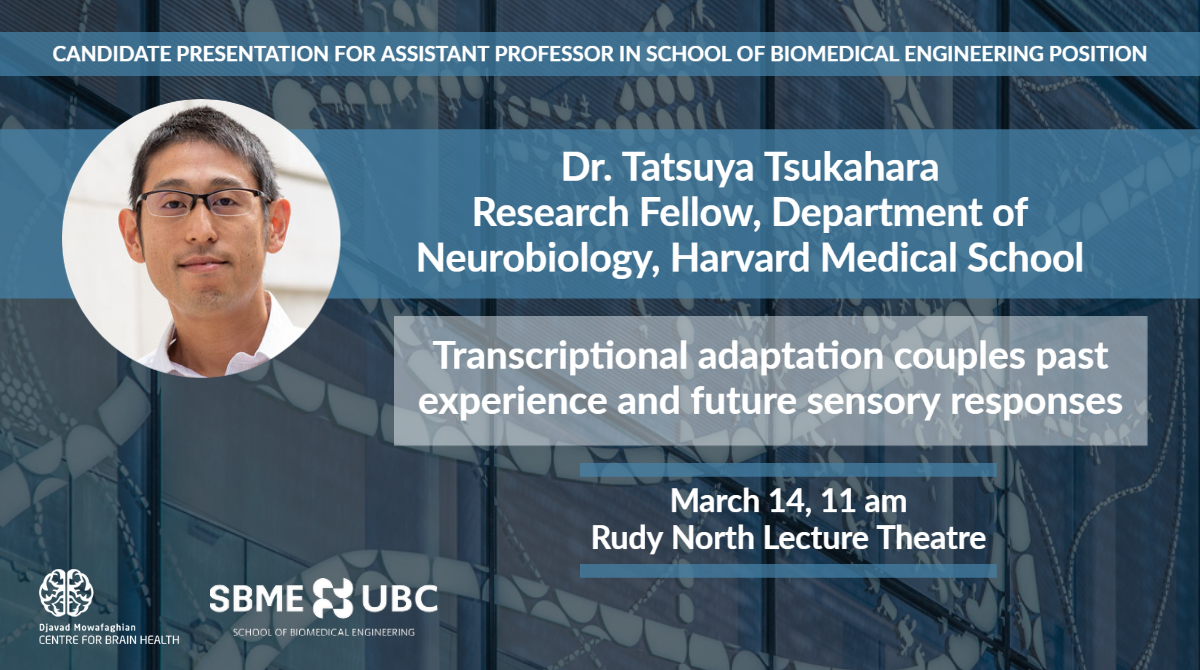
- This event has passed.

To interpret the sensory world and select appropriate actions, animals must distinguish persistent background stimuli from novel sensory cues. Sensory adaptation is a neural mechanism that enables such filtering of environmental stimuli, and a fundamental feature of sensory systems. Previous studies have shown that the brain flexibly adapt sensory responses to repetitive stimuli through synaptic mechanisms on a timescale of minutes. On the other hand, the periphery has been generally thought to report sensory information stably and faithfully to the brain, except for fast adaptation to highly dynamic stimuli on a timescale of milliseconds to seconds. However, adaptation over longer timescales like hours to days have been largely unexplored, even though animals typically stay in the same environment over these ethologically relevant timescales.
I asked if olfactory sensory neurons (OSNs) in the mouse nose adapt to environmental stimuli over timescales of hours to days. Given each mouse OSN expresses only one odorant receptor out of more than 1,000, individual receptor-defined OSN subtypes experience a wide range of odor-evoked activity in each environment. Using single cell RNA-sequencing, I showed that each of the ~1,000 OSN subtypes harbors a distinct transcriptome whose content is precisely determined by interactions between its expressed odorant receptor and the environment. This transcriptional variation is systematically organized to support sensory adaptation: expression levels of more than 70 genes relevant to transforming odors into spikes continuously vary across OSN subtypes, dynamically adjust to new environments over hours, and accurately predict acute OSN-specific odor responses. Importantly, population-level odor codes delivered to the brain are also modulated by the environment, as assessed by in vivo calcium imaging of OSN axons. The sensory periphery therefore separates salient signals from predictable background via a transcriptional mechanism whose moment-to-moment state reflects the past and constrains the future. I will further present my future research plan to study how signals from the external and internal world are integrated via transcriptional adaptation and influence the activity in central circuits and odor perception. This research program will provide support for a general model of how animals use individual experience to optimize neural functions and behavior.
Zoom link if unable to attend in person: https://ubc.zoom.us/
Meeting ID: 91783 244698
Passcode: 244698